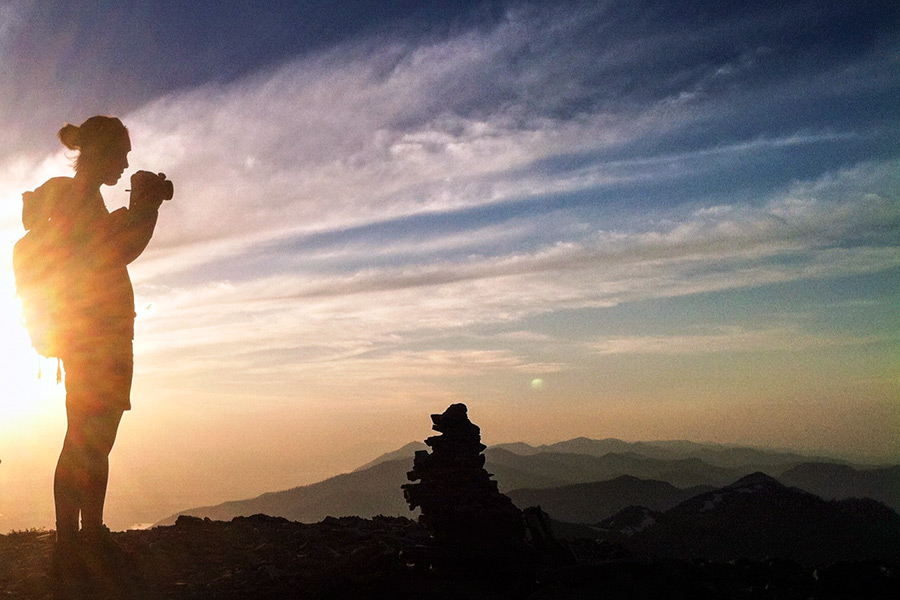Outgoing Congressman Introduces ‘Ansel Adams Act’
Months after uproar over proposed filming fees in federal wilderness, Texas representative proposes solution
By Justin Franz
The Ansel Adams Act, a bill envisioned by Rep. Steve Stockman to protect photographer’s First Amendment rights on federal land, had little chance of passing when it was introduced on Jan. 2.
For one, Stockman, a Texas Republican, was already packing his office after a failed run at the U.S. Senate. However, photographers around the country are rallying around the failed bill in hopes that someone else will reintroduce it.
The effort comes just months after the U.S. Forest Service created an uproar when it announced it would enforce an obscure regulation that could require special permits, costing up to $1,500, for anyone filming or shooting photographs in the wilderness that could be considered a commercial activity.
Stockman’s bill promised to prohibit photography permits or fees on federal land, it also would have allowed federal agencies to obtain a court order to prevent photography in certain cases, such as if it posed a threat to national security. The bill was named after Ansel Adams, the iconic western photographer whose work was instrumental in gathering public support for the creation of Yosemite National Park.
“Future ‘Ansel Adams’ must not have their paths blocked, regulated and made more expensive with fees and fines, or be threatened with arrest and seizure of their equipment,” the bill reads.
But when Stockman introduced the bill late in the last session there was little chance of it becoming law because there were no co-sponsors who could resubmit it in the new Congress. Jim Moore, a political scientist at Pacific University, told the Salem, Oregon Statesman Journal that Stockman probably introduced the bill to bask in the limelight one more time before leaving office.
“This isn’t common but it does happen, especially from a politician who may think they have a future and can get one last bill on the record, one last story in the paper and say, ‘I was working for you right up to the end,’” Moore told the newspaper.
But even if the bill died, the Professional Outdoor Media Association is encouraging its members to contact their representatives in Congress and ask them to reintroduce it.
“The bill is a breath of fresh air,” said Tony Bynum, a POMA board member and professional photographer based in East Glacier Park. “Something needs to be done to protect the rights of photographers or anyone taking photos in the wild on public lands … We’re not impacting the resource by taking a photo or shooting video.”
Bynum said whenever he has a commercial shoot in the wilderness he receives the proper permits and he understands the requirement if a photo shoot is going to impact the environment. However, he thinks it is unfair for federal officers to hassle professional photographers but not bother tourists who are doing the same exact thing. Because of that he said he often avoids taking photos inside Glacier National Park.
“If there are 50 people taking a picture of an animal, who is going to get busted? It’ll always be the guy with the longest lens,” he said.
The Forest Service’s plan to enforce photography permits and fees in the wilderness drew ire from Montana’s Congressional delegation last year, including Sen. Steve Daines. Although he did not say he would reintroduce the Ansel Adams Act, in a statement to the Beacon he said protecting photographer’s rights were important to him.
“Montana is home to unmatched scenery that has been shared worldwide through the work of photographers with a deep appreciation for our state’s outdoors heritage and public lands,” he said. “As Americans, we know the importance of free speech and expression, and it’s a right that must be extended to photography as well.”